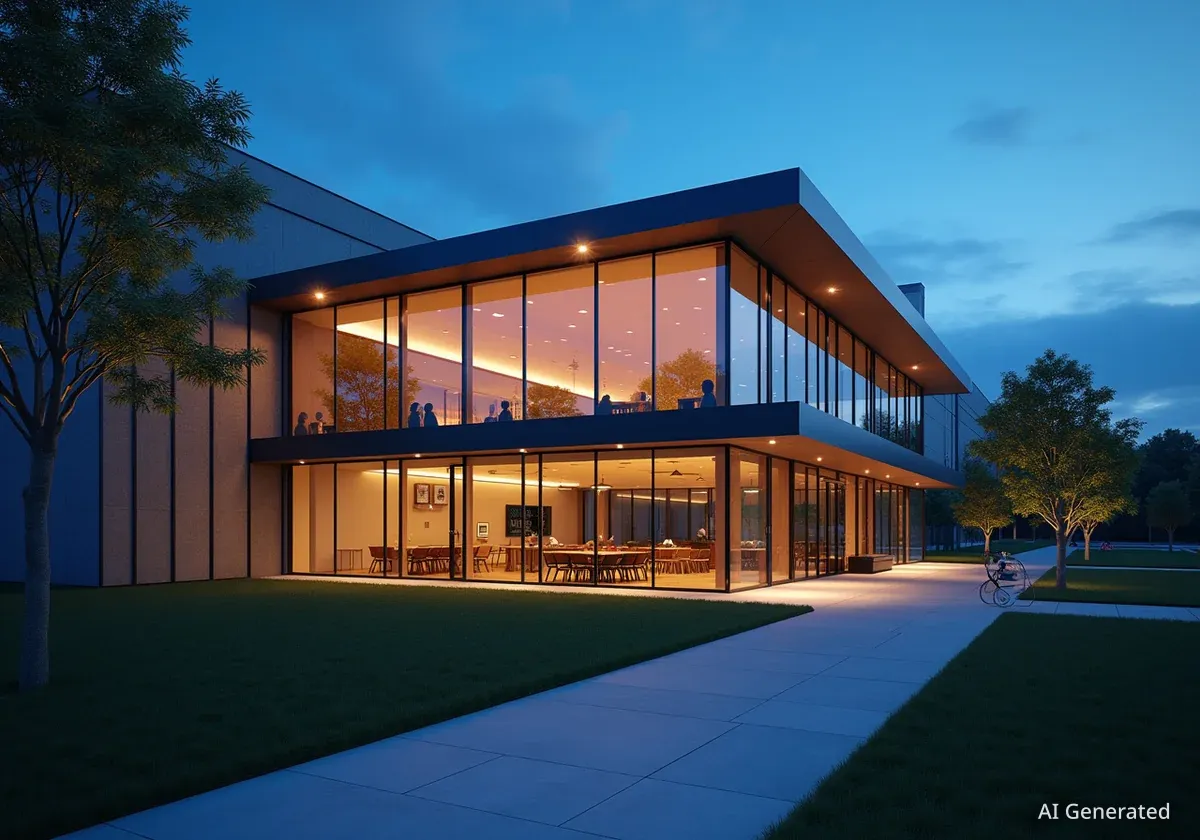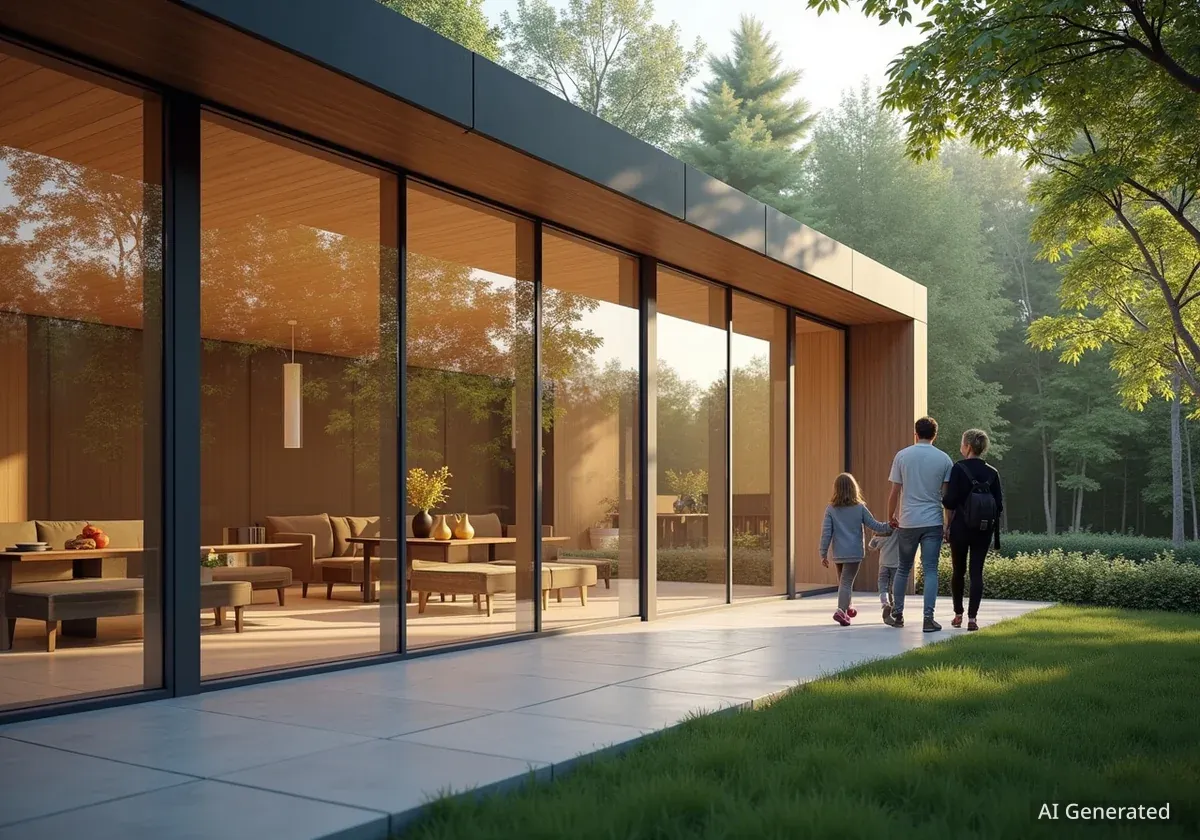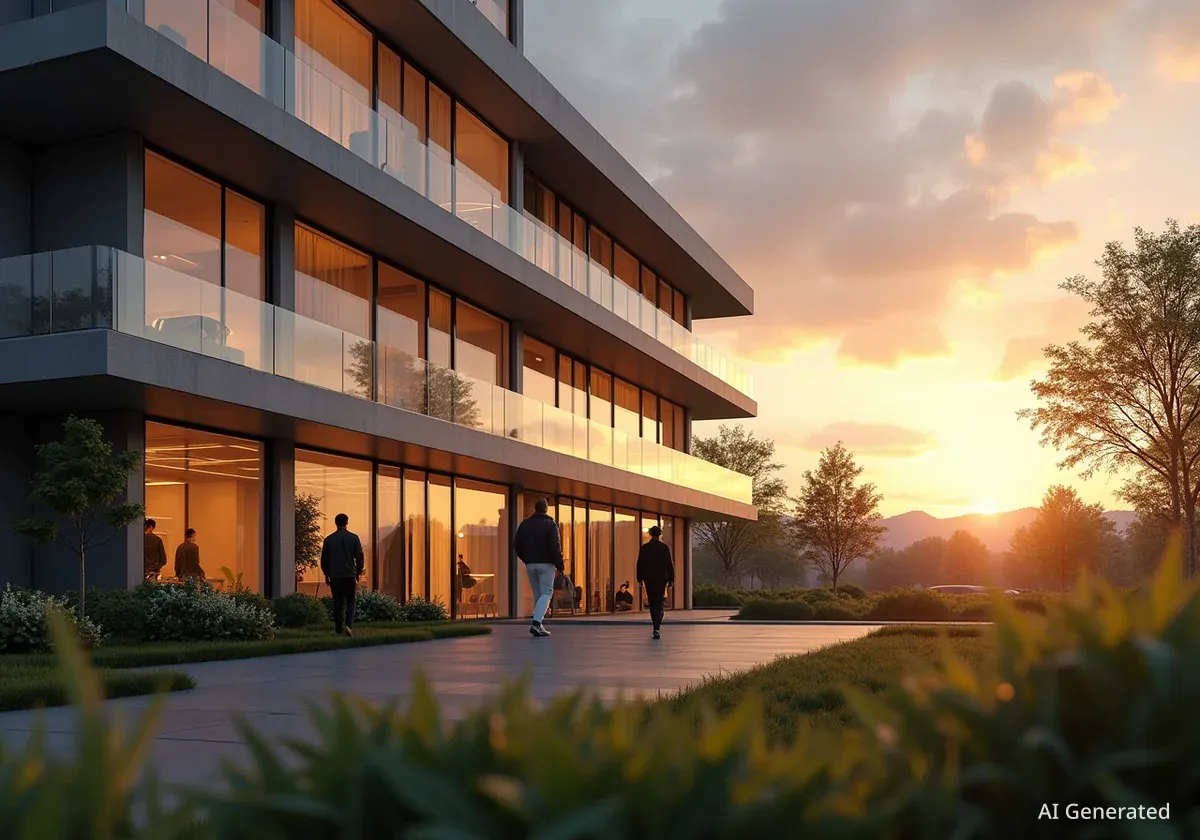The global hospitality sector is navigating economic headwinds, but new data reveals that hotels with significant wellness offerings are not just surviving—they are thriving. A comprehensive analysis of over 11,000 properties for the first half of 2025 shows that a focus on health and well-being is translating into substantial revenue premiums and operational stability.
According to the 2025 Mid-Year Wellness Real Estate Report, properties with extensive wellness facilities consistently outperform their counterparts, commanding higher rates and demonstrating remarkable resilience. This trend highlights a strategic shift in the industry, where amenities like spas and fitness centers are becoming powerful drivers of profitability.
Key Takeaways
- Hotels with major wellness facilities generated 67.5% more revenue per occupied room than those with minor offerings in H1 2025.
- Luxury wellness properties command an 84% premium in total revenue per available room compared to upper-upscale equivalents.
- The United Kingdom leads the world in hotel membership fee revenue, while the Maldives generates the highest revenue from spa treatments per guest.
- Canada and Saudi Arabia are experiencing rapid growth in wellness membership fees, with increases of 26% and 14.3% respectively.
The Financial Power of Wellness
In a challenging pricing environment where discretionary spending is under pressure, hotels that can generate income beyond room rates hold a distinct advantage. The report, a collaboration between RLA Global and P&L benchmarking firm HotStats, quantifies this advantage with precision.
Properties categorized as "Major Wellness" achieved a Total Revenue Per Occupied Room (TRevPOR) of $561 in the first six months of 2025. This figure is a staggering 67.5% higher than the $335 TRevPOR recorded at hotels with more limited, or "Minor Wellness," amenities.
"During times of slowing demand and pricing power across the hotel industry, hotels that can drive ancillary spend have the upper hand," noted Roger Allen, Group CEO of RLA Global. He explained that this stability demonstrates significant operational resilience even as costs rise.
The data suggests that wellness facilities are not just amenities but core revenue streams that support food and beverage sales and other ancillary income. Michael Grove, CEO of HotStats, affirmed this connection, stating it is "not surprising to see hotels with Major Wellness outperform the other categories."
Luxury and Profitability
The premium for wellness is most pronounced in the luxury segment. Luxury hotels with major wellness offerings reported an 84% higher Total Revenue Per Available Room (TRevPAR) than their upper-upscale counterparts. This underscores the value that high-end travelers place on comprehensive health and well-being experiences.
However, the report also identified a "sweet spot" for profitability. Properties with well-planned but less operationally complex "Minor Wellness" facilities saw their Gross Operating Profit Per Occupied Room (GOPPAR) grow by 5% year-over-year. This outpaced the 2.9% growth seen at Major Wellness hotels, suggesting that a strategic, targeted investment in wellness can yield excellent returns without the overhead of massive facilities.
Wellness by the Numbers: H1 2025
- $561: Total Revenue Per Occupied Room at Major Wellness hotels.
- 67.5%: Revenue premium for Major Wellness properties over Minor Wellness.
- 5%: Profit growth for Minor Wellness hotels, indicating a profitable market niche.
- 84%: TRevPAR premium for Luxury Major Wellness hotels over Upper Upscale.
Global Leaders and Emerging Markets
For the first time, the report identified the top 10 performing countries for specific wellness revenue streams, revealing established leaders and fast-growing newcomers.
The United Kingdom stands out as the global leader in membership fees, generating $13.50 per available room. This performance is attributed to the country's strong health club culture and the successful integration of membership models within hotels.
However, the most significant growth is happening elsewhere. Canada saw its membership fee revenue jump by 26%, driven by a new generation of consumers seeking premium lifestyle clubs. Saudi Arabia also posted impressive growth of 14.3%, a direct result of social reforms under Vision 2030 that are fueling the development of new wellness facilities.
The Spa Revenue Champions
When it comes to spa treatments, island and luxury destinations dominate. The Maldives leads the world with $38.60 in spa revenue per occupied room, closely followed by France at $37.60. These figures reflect the high value placed on spa services in premier vacation spots.
The top growth market for spa revenue is Indonesia, which saw an 11% increase. This surge is linked to Bali's reputation as a world-class spa destination, amplified by social media and a strong post-pandemic tourism recovery.
Spotlight on the UAE: A Market in Motion
The report's inaugural market spotlight focused on the United Arab Emirates, a hub of luxury hospitality. In the UAE, both Luxury Major and Minor Wellness hotels are leading year-on-year growth across all key performance indicators. Both segments recorded double-digit increases in revenue per available room (around 10%) and gross operating profit per available room (around 12%). This robust performance in a highly competitive market shows how a strong wellness position can create a sustainable competitive advantage.
A Strategic Imperative for Hospitality
The findings from the first half of 2025 send a clear message to the hospitality industry: wellness is no longer a peripheral amenity but a central pillar of financial success. As consumers increasingly prioritize health and well-being, hotels that invest strategically in these offerings are better positioned to attract guests, drive revenue, and maintain profitability.
The data shows that this strategy is effective across different scales, from sprawling luxury resorts to properties with more focused, efficient wellness programs. As the market continues to evolve, the ability to cater to the wellness-minded traveler will likely become a key differentiator between properties that struggle and those that thrive.





